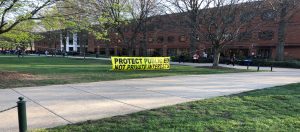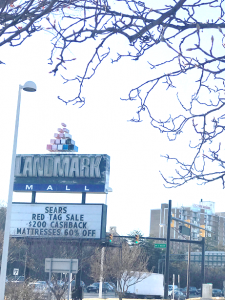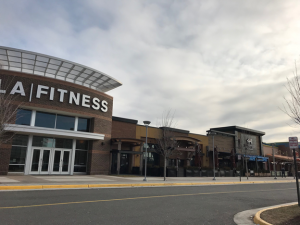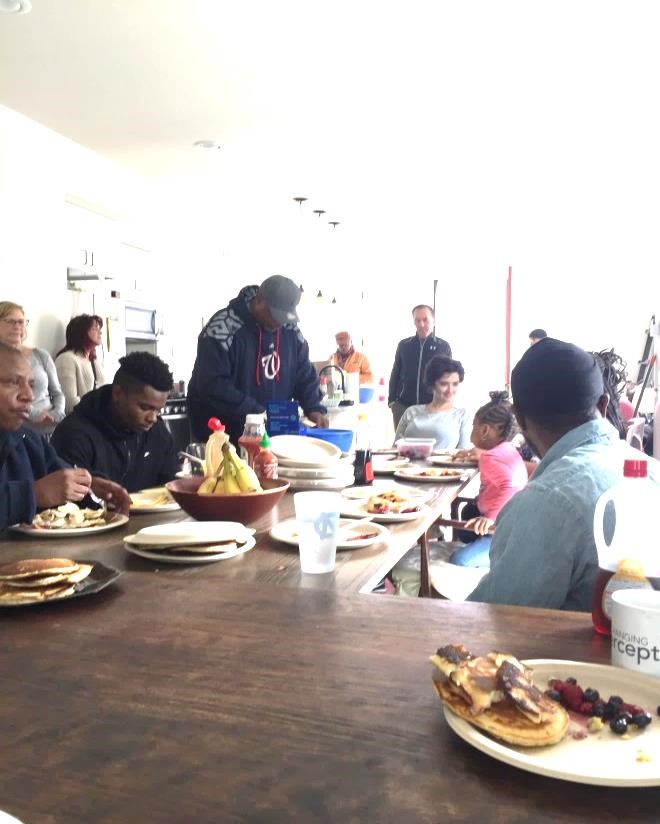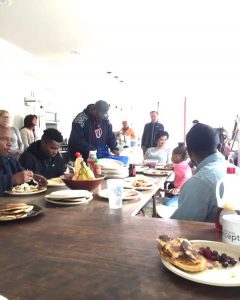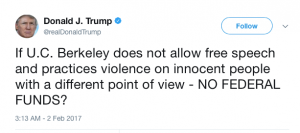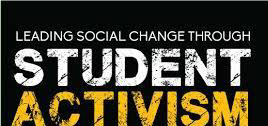By Janine Gaspari and Elizabeth Mathews
On February 9, 2017, students from Transparent GMU filed a lawsuit against both George Mason University (GMU) and the George Mason University Foundation, Inc. “in hopes of obtaining grant and gift agreements between private donors and the Foundation, which serves as the University’s fundraising arm.” The lawsuit was filed after the George Mason University Foundation, Inc. claimed their 501(c)(3) private status exempted the organization from FOIA requests previously filed by Transparent GMU. This movement is a sustained effort by GMU students, which started in 2014, to push for more transparency regarding private donations to their public university. The group got their trial day in court on April 24, 2018, which was followed by startling emails from the university president that admitted to donor influence in hiring faculty in GMU’s economics department between 2003 and 2011. The activism of students and a partnership with national organization, UnKoch My Campus, has led to significant victories for these persistent students. Janine Gaspari and Elizabeth Mathews are both undergraduate students at GMU, and Transparent GMU campus leaders. Introduction written by Emily McDonald.
Transparent GMU’s Mission
Transparent GMU’s mission statement is to “advocate for transparency as it relates to the corporatization of education and its adverse effects on George Mason University.” As part of that larger mission, the organization is currently focused on increasing transparency in GMU’s relationship with its donors. Many of GMU’s largest donors, particularly the Charles Koch Foundation and affiliates, are known to attach strings to the money they give to universities.
These stipulations impinge on academic freedom and independence in order to promote an ideological agenda. This is fundamentally opposed to the mission of a university, which is to provide a space for free inquiry and research based on empirical evidence. No one should be able to use private money to influence and/or buy academia.
Transparent GMU v. George Mason University
This lawsuit is focused on a specific set of agreements. The judge’s ruling will determine the extent to which the university foundation, the university, and donor relationships will be impacted.
It is possible that only the documents we requested will become public, but there is also a possibility that the GMU Foundation will no longer be legally considered exempt from requests based FOIA (Freedom of Information Act), which could bring about much more sweeping impacts. With the recent revelation by President Cabrera that GMU had accepted donor agreements from 2003 to 2011 that fell “short of the standards of academic independence,” our lawsuit is more important than ever. Because there is extreme secrecy and a weak culture of transparency around donor agreements accepted by the GMU Foundation, the scope of this issue at GMU is unmeasurable. Many more of these kinds of documents could be held by the GMU Foundation, but they refuse to release them to the public. Our lawsuit aims to make them do just that. We are saddened that it had to get to this point, and that the university was not more receptive to dialogue outside of the legal system.
In terms of relationships with donors on an individual basis, winning our lawsuit would show donors who wish to have undue influence at our university that they will no longer be able do so out of the public eye. For donors who simply want to give out of a love for George Mason and its institutions, then our lawsuit should change nothing. A common argument in response to demands for more transparency is that transparency deters donors. There is little evidence suggesting that this is the case. Higher education is better off, not worse off, with a strong culture of transparency, democratic values, and faculty governance.
The Bigger Picture
Private money is playing an outsized role in our public life, which directly threatens democracy, both in the university and beyond. GMU administration’s resistance to transparency is especially problematic because of the role GMU plays in the Koch network’s model for structural social change. This is a cycle that was engineered by Richard Fink, one of the Kochs’ chief strategists, to transform public life. The cycle includes universities, think tanks, and legislators. Universities produce research that is passed along to think tanks, which then translate that research into digestible policy reports.
The policy reports are then presented to legislators who then can make decisions based on that information. At GMU specifically, the Mercatus Center is an extremely effective Koch-funded think tank and lobbying firm. Thus, when GMU accepts money on terms that the public cannot access, we are unable to hold GMU accountable for their role in this cycle.
Realizing Transparency in Practice
We believe true transparency would have two parts. The first part would be for the university and its foundation to release all of its donor agreements to the public, past and present, to be reviewed for stipulations that give donors undue influence over our education. The second part would be to create university institutions that would give faculty final decision-making power over what kind of donors and agreements GMU will choose to engage with in the future. True transparency would require giving faculty the power to review and get the final say on all donation and gift acceptances. This will ensure that all donations comply with the standards of academic freedom, and the faculty should determine university governance. The only real way to create lasting change is to empower students, faculty and the public to have a larger role in how our university operates.
Moving the Push for Transparency Forward
This lawsuit is only part of our mission, and the starting point to more activism around donor transparency and academic freedom issues. We hope to continue pushing for full transparency of donor agreements and disaffiliation with donors with proven track records of seeking undue influence. We hope to continue empowering students, faculty, and staff to have a larger role in the governance of the university. That being said, donor agreements are not the only issues that require increased transparency at GMU. We hope to be able to use the momentum that we have seen so far to elevate other issues and campaigns that require increased transparency.
Our work strives to promote democratic decision-making at the university and beyond. We do this by advocating for more transparent donation acceptance policies beyond just our current lawsuit. This is imperative in an age of decreased public funding and increased private higher education funding. Universities are looking to private donors to bring in more revenue. Without strong donation and gift acceptance policies led by faculty, higher education can be up for sale to the highest bidder. Without transparency, universities can take part in shady deals outside of the public eye. This makes it extremely difficult for stakeholders such as students, faculty, alumni, and community members to hold universities accountable for their actions. Editor’s note: The Washington Post carried a story about Transparent GMU on April 24, 2018.

